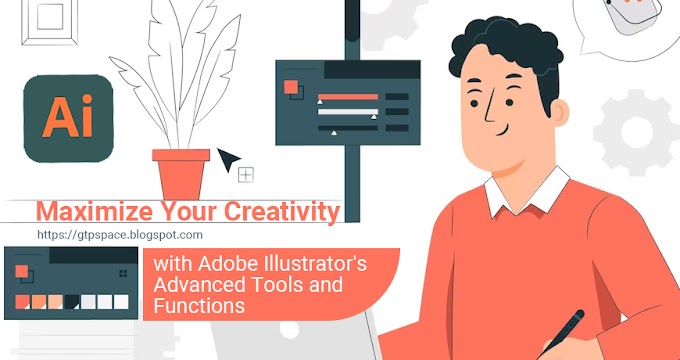Extension questions are a series of interconnected questions designed to span the five levels of discovery skills, from uncovering pain to re-engineering vision. They're a simple, but essential skill to master in discovery – enabling vendors to amplify, deepen, and quantify your prospect's core pain points and related affected areas.
Extended questions leverage your experiences with other prospects and customers, giving you a list of potential problem areas, implications, and results to explore with new prospects.
An example
We'll join a vendor and prospect near the start of a discovery call - they're talking about the prospect's current workflow that handles customer requests and issues. Let's listen:
Possible comments, "This is a manual process..."
The vendor replies, "Sorry to hear that - what's going on today?"
Prospect explains, “Well, each application is filed, reviewed, processed, escalated, and closed in a series of steps, each step a done manually by the individual, then transferred to the next line."
The vendor, asking an extended question, "Does it usually run smoothly? For example, what happens when someone is on vacation?"
The vendor knows, based on previous experience with similar prospects, that holidays often have a severe negative impact on these workflows.
The prospect replies, "It's a mess! We literally have tickets piled up on people's desks…!"
The shopkeeper replies, "So what?"
"At the very least, this causes delays in response times that affect customer satisfaction," Prospect offers.
Our vendor makes a note to return to this impact statement later, but for now focuses on the current issue:
The vendor asks, "I see - how many people are on your team?"
"We have a total of 12 people doing this - and that's a lot..." says Prospect.
The vendor pursues, "Understood - and how low would you like it to go?"
The prospect says, "I'd love to get it down to 1 or 2 people - the team has a lot on their plate that needs to be done besides the process!"
Note that our vendor has quantified the desired result - a delta - by reducing the number of people in the workflow from 12 to 1-or-2. Then, knowing that the manual process usually results in errors, our vendor introduced another extended query:
The vendor offers, "I see - how often do you make mistakes in your process today?"
The prospect declared, "Oh, all the time…!"
The vendor expands, "And what happens when mistakes happen?"
The prospect admits, "Well, we often have to go back, find the error, and then redo the bottom part of the workflow - it can get pretty messy!"
"That's sad to hear – how often does this happen and how long, on average, does it take to fix for each occurrence," the vendor quantified.
Prospect notes, "At least once a week — and it can take hours to fix everyone."
The vendor offers, "And I'm guessing you'd want to reduce it to zero or close to zero if possible - correct?"
The prospect replies, "Exactly…!"
Note that our vendor has quantified three aspects of the manual process thus far, achieving specific probability numbers. Our vendor then assesses the impact further through another extended question, again based on experience with other prospects:
"And what happens downstream - who else is affected?" asks the vendor.
Prospect notes, “Oh, this ripples throughout the organization, resulting in incorrect patch shipments, incorrect documentation for customer success managers, errors in our product roadmaps, incorrect renewal forecasts, and worst cases. can result in very unhappy customers!"
"Do you feel sorry for these teams, as a result?" asked the seller softly.
"Yes, it has taken a lot of pressure to solve this problem..." admits Prospect.
The vendor confirms and moves on to a solution discussion, "I see… So, this is really impacting the organization in a big way. Let's shift gears in your current manual process – do you Want to automate it while following the flow or have other changes in mind?
"Individual measures are fine, we just need to get rid of manual work and physical handoffs," says Prospect.
Our vendor realizes that the prospect is unaware of the range of possible solutions and explores vision reengineering with the prospect:
"Interestingly, many of the other companies we've worked with, the ability to automate their workflows and implement rules-based processing and alerts have not only reduced errors," notes the vendor. and eliminated handoffs, but also resulted in dramatic reductions and increases in renewals - some of our customers report 10-20% reduction in renewals and upsells and 5-10% increase in renewals. Engine is something that can also be useful in your practice?
The prospect responds, "Wow, I hadn't thought of that - yes, that would be really cool! How would that work?"












